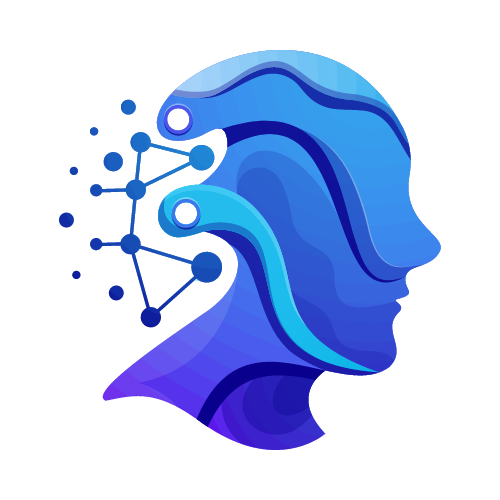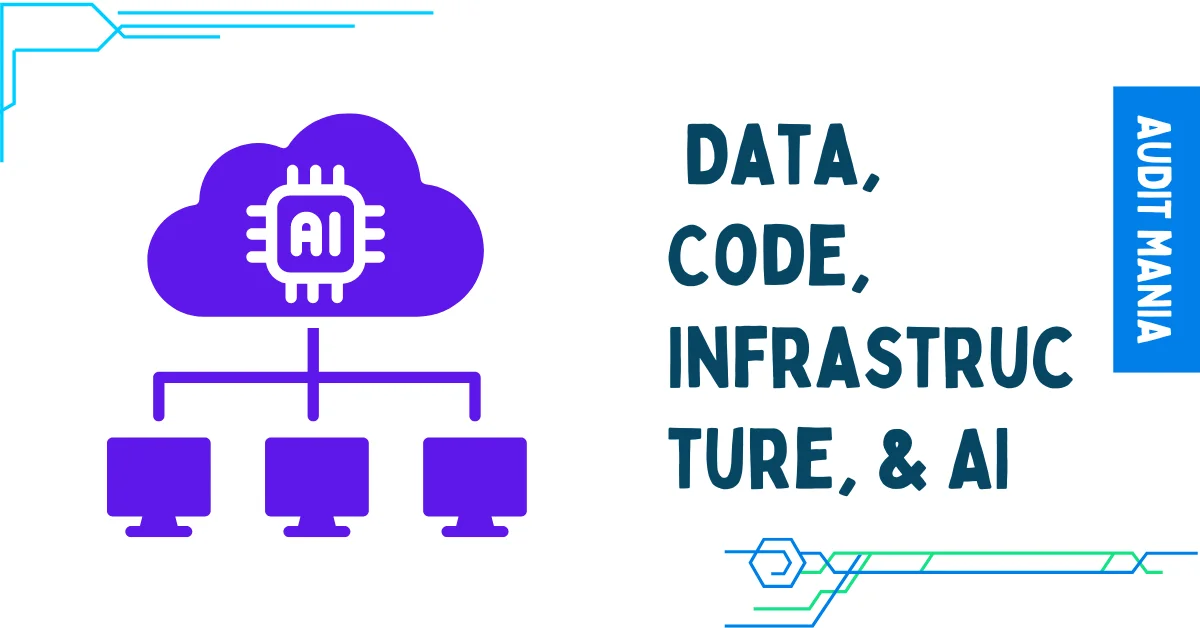Terms like ‘artificial intelligence’ and ‘machine learning’ are changing our world. But what is machine learning, and why is it so important? In our beginner’s guide to machine learning, we’ll make it simple to understand.
We aim to give you the basics and show its big impact. This guide is for anyone curious about this field. It’s your first step into a world that’s changing our lives and shaping our future.
Key Takeaways
- Understand the foundational elements that define machine learning.
- Gain insights into the significance of machine learning in various industries.
- Discover the types and algorithms that form the backbone of machine learning.
- Recognise the profound impacts machine learning can have on everyday life and future technologies.
Introduction to Machine Learning
Starting our journey into understanding machine learning is crucial. It’s a major leap in artificial intelligence and a big chance for many industries worldwide. This introduction will help you grasp the essentials of machine learning, preparing you for its deeper complexities.
Machine learning isn’t just for tech experts. It’s for anyone interested in its role in our daily lives and work. By learning about the intro to machine learning, we see how machines can learn from data and do tasks like humans. Our goal is to make this field easy for both beginners and experts to understand.
| Impact Area | Machine Learning Influence |
|---|---|
| Healthcare | Enhanced diagnostic systems, personalised medicine |
| Finance | Fraud detection, algorithmic trading |
| Retail | Customer behaviour analysis, inventory management |
| Transportation | Autonomous driving technologies, logistic optimizations |
The essentials of machine learning cover more than just algorithms. This article aims to inspire more people to see how machine learning can be used. We want to show that it’s not a mysterious field but a useful technology to learn in today’s world.
What Is Machine Learning?
Machine learning is at the heart of the tech revolution. It lets computers learn from data, getting better over time. They use complex algorithms to find patterns and make decisions, turning data into useful insights.
Looking closer, the machine learning definition shows it’s a key part of artificial intelligence. It’s about creating apps that can learn and adapt on their own. These systems are used in many areas, like finance and healthcare, and can do things better than humans in some cases.
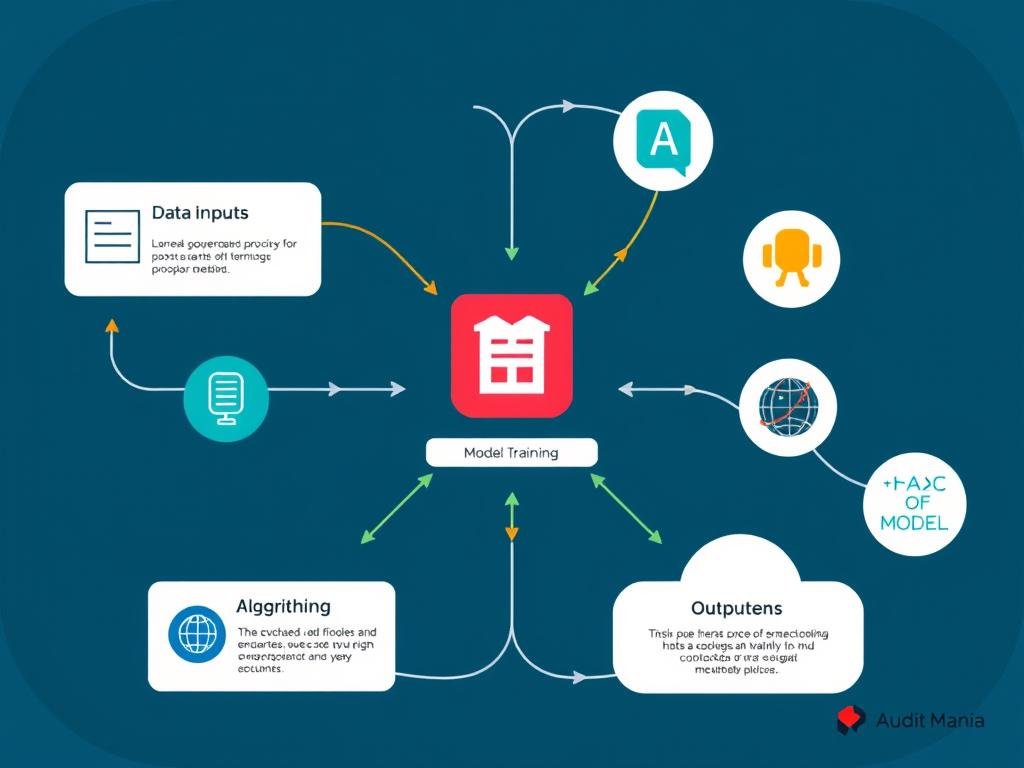
Exploring machine learning concepts reveals a wide range of ideas. There’s supervised learning, where models predict outcomes from labelled data. Then there’s unsupervised learning, where machines find patterns in unlabelled data without any help.
| Concept | Description | Example |
|---|---|---|
| Supervised Learning | Models learn using labelled data. | Spam detection in email. |
| Unsupervised Learning | Models infer patterns from unlabelled data. | Customer segmentation in marketing. |
| Reinforcement Learning | Models learn to make sequences of decisions. | Real-time game adjustment, like in chess. |
The beauty of machine learning concepts is in their potential. Machines that learn from experience could change how we work in many fields. They could lead to a new era of autonomy and innovation.
So, when we ask ‘what is machine learning?’ we’re really talking about the future of how we use technology. With each new idea, we learn more and face both chances and challenges in this fast-changing field.
The Historical Background of Machine Learning
Exploring machine learning’s history takes us on a captivating journey. We learn about its beginnings and how it has grown. This journey shows us how machine learning has evolved and the key moments that have shaped it.
The Origins and Evolution
The story of machine learning starts with scientists who wanted to create smart machines. In the mid-20th century, the idea of “learning machines” became real. Alan Turing and others laid the foundation with their theories and experiments.
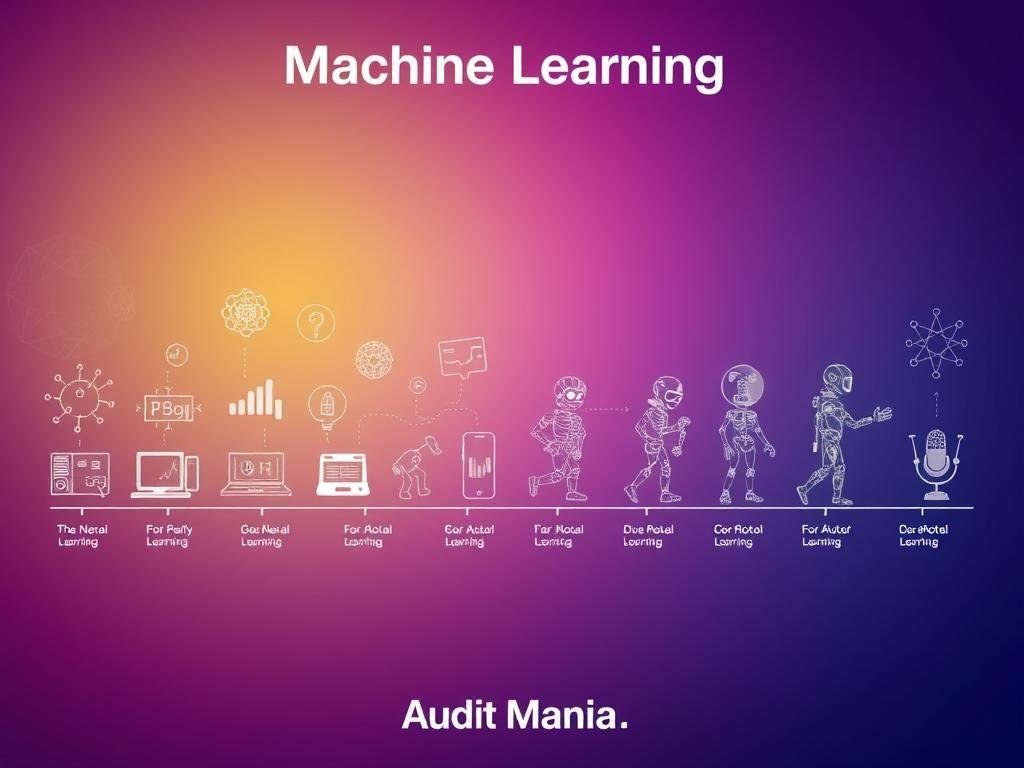
Years went by, and the tech got better. It moved from simple tasks to complex algorithms that can learn on their own. This change from theory to practice was a big step. It brought machine learning into real-world use, making things more efficient in many areas.
Key Milestones in Machine Learning Development
Every decade brought big steps forward in machine learning. The 1950s saw the Perceptron, a machine that could learn from mistakes. This was a huge leap. Then, in the 1980s, neural networks opened up new possibilities for machine learning.
The 1990s and early 2000s were key because of the internet and better computers. These changes let machines handle big data, speeding up progress. Today, we have deep learning, which is like the human brain’s ability to understand complex patterns.
Knowing about these milestones helps us understand machine learning’s complexity. It also prepares us for the future, where machines might do even more amazing things.
Understanding Machine Learning: Definitions and Concepts
Machine learning is at the heart of today’s tech progress. It’s changing fields like healthcare and finance. We’re here to make machine learning concepts easy to understand for everyone.
The machine learning definition is about systems learning from data on their own. They use algorithms to find insights without human help. This is key for making apps that can do things humans usually do.
- Pattern recognition
- Data-driven decision making
- Predictive analytics
Understanding machine learning means seeing its uses. It’s in our daily lives, like email filters and recommendations. It’s also in big tech, like self-driving cars and smart cities. Let’s look at some examples.
| Concept | Definition | Real-world Application |
|---|---|---|
| Supervised Learning | Learning from labelled data to predict outcomes for new data. | Email spam filters using historical data to identify spam. |
| Unsupervised Learning | Learning from unlabelled data to identify patterns. | Customer segmentation in marketing for tailored advertising. |
| Reinforcement Learning | Learning to make sequences of decisions by receiving rewards or penalties. | Game AI, such as chess engines, learning optimal moves against opponents. |
Exploring machine learning concepts shows its wide reach and impact. Breaking down these ideas makes tech easier for everyone. It helps us see how algorithms shape our world.
Machine Learning Basics: Types and Algorithms
Exploring machine learning, we find key concepts that shape this technology. Knowing how machine learning systems are categorized and the different algorithms is crucial. We’ll look at supervised and unsupervised learning and some common algorithms.
Supervised vs Unsupervised Learning
Machine learning has two main types: supervised and unsupervised. Supervised learning uses data with known answers. It’s like having an answer sheet. This method is great for predicting future events based on past data.
Unsupervised learning, on the other hand, is like learning without a teacher. It finds patterns in data without labels. It’s useful for exploring data or dealing with complex data sets.
Common Algorithms Explained
Within these categories, certain algorithms are key to building models. Here are some of the most used algorithms:
| Algorithm Type | Usage | Example |
|---|---|---|
| Neural Networks | Image recognition, speech recognition | Convolutional Neural Network (CNN) |
| Decision Trees | Classification problems | Random Forest, Classification and Regression Tree (CART) |
| Clustering Algorithms | Data segmentation, pattern recognition | K-Means, Hierarchical Clustering |
Neural networks mimic the brain to find data relationships. Decision trees, like Random Forest, help make accurate predictions by segmenting data.
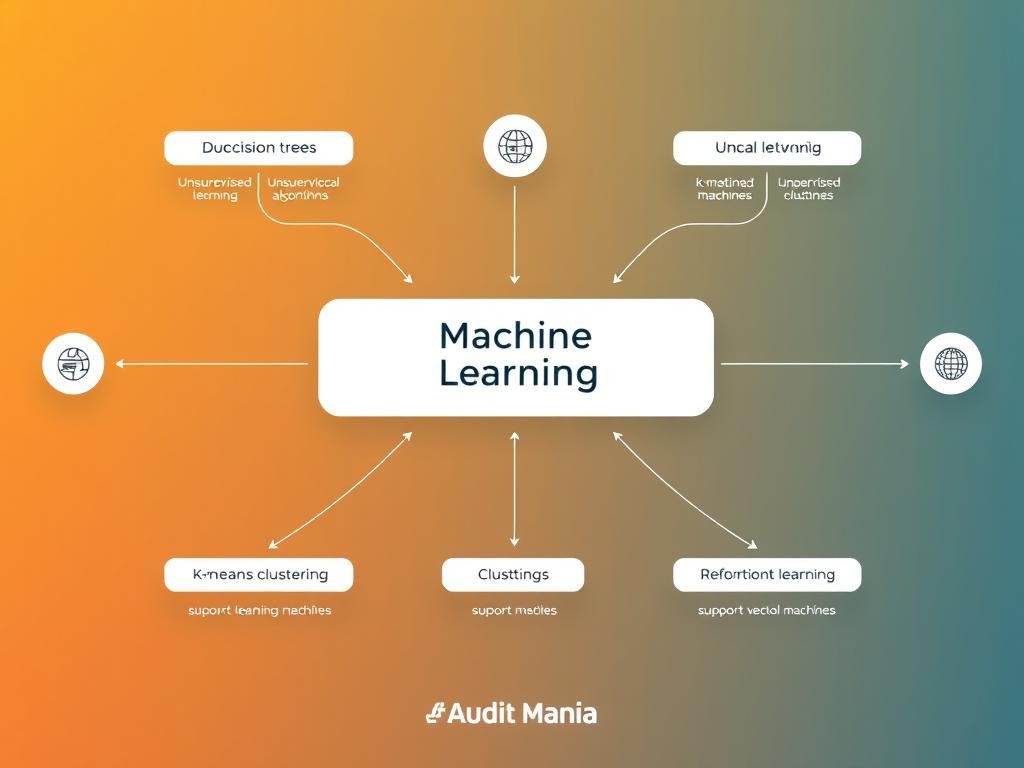
Clustering algorithms, such as K-Means, are great for complex data tasks. They’re useful in many areas, from customer analysis to genome studies. Each algorithm has its strengths and is chosen based on the project’s needs.
Grasping these machine learning basics and algorithms is key. It makes applications more effective and efficient in this complex field.
Machine Learning in Action: Practical Applications
In this section, we explore the transformative power of machine learning in use across various industries. We see how these technologies are not just theoretical. They offer practical applications of machine learning that change how we live and work every day.
In healthcare, machine learning helps predict diseases early and accurately. For example, it analyses medical images to spot tumours better than humans. This improvement is making a big difference in patient care.
In finance, machine learning is used to catch fraud. It learns from many examples to spot fraud patterns. This helps reduce financial losses and keeps money safe for everyone.
Transportation also benefits from machine learning. Self-driving cars use it to navigate safely. They make quick decisions based on what’s around them, showing how machine learning changes our lives.
- Healthcare: Early disease diagnosis and enhanced medical imaging.
- Finance: Fraud detection and risk management solutions.
- Transportation: Development of autonomous vehicles and optimisation of traffic systems.
The retail industry also uses machine learning to improve customer experiences. It analyses what customers buy to offer them what they might like. This makes customers happier and more loyal to brands.

As we keep using machine learning in different areas, it shows how valuable it is. It helps businesses work better and offer services that were once seen as the future.
These examples show that machine learning has many uses and makes a big difference. As it gets better, it will help solve more real-world problems in many areas.
Data’s Role in Machine Learning
In the world of machine learning, data is key. It’s the base for models and unlocks insights that change industries. Knowing about data quality and preprocessing is crucial for anyone in this field.
The Importance of Quality Data
Quality data is not just good to have; it’s vital for machine learning success. The data’s accuracy, completeness, and relevance affect model performance. Without quality data, even top algorithms can fail.
Data quality is more than an input; it’s a prerequisite.
Data Preprocessing Techniques
Data preprocessing is essential to make raw data useful. It involves several steps to prepare data for machine learning models.
- Cleaning: Fixing missing values and removing outliers.
- Transformation: Scaling data so it’s comparable.
- Feature selection: Picking the most important features.
- Feature engineering: Creating new features to boost model performance.
These steps help machine learning algorithms succeed. They start with data that’s ready, relevant, and clean.
Machine Learning and Artificial Intelligence: Understanding the Connection
Exploring machine learning and artificial intelligence is key. It’s important to know the differences between AI and machine learning. These terms are often mixed up, but they drive the tech world in unique ways.
Differences Between AI and Machine Learning
Artificial intelligence is a wide field. It aims to create intelligent agents that can learn and solve problems like humans. Machine learning is a part of AI. It focuses on algorithms that let computers learn from data.
Machine learning helps systems get better over time without being programmed. This is a big part of AI. It shows AI and machine learning are not the same. All machine learning is AI, but not all AI is machine learning.
How Machine Learning Contributes to AI
Machine learning is key for AI to work. It uses data to improve AI systems. This makes AI better at making decisions on its own.
Machine learning helps AI in many areas. It’s used in self-driving cars, facial recognition, and more. These examples show how machine learning is vital for AI’s success.
| Feature | Machine Learning | Artificial Intelligence |
|---|---|---|
| Scope | Narrow, focused on data-driven algorithms | Broad, aimed at mimicking human cognitive functions |
| Function | Learn from patterns to make predictions | Perform tasks that normally require human intelligence |
| Applications | Data analysis, real-time advertising, network security | Robotics, speech recognition, expert systems |
| Development | Depends heavily on quality and quantity of data | Combines rules, learning, and optimisation methodologies |
Tools and Technologies for Beginners in Machine Learning
Starting your machine learning journey can be exciting but also a bit scary. It’s important to begin with a good understanding of the right programming languages for machine learning. You also need to know the machine learning technologies that will help you grow. Here, we’ll look at the key tools and languages that are great for beginners.
Programming Languages to Learn
Choosing the right programming language is key to your machine learning skills. Python is a top choice because it’s easy to use and has a big community supporting it. R is also important, especially for those who need to do complex statistical analysis.
- Python: Known for its ease in handling data structures and supported by libraries like NumPy and Pandas.
- R: Favoured for complex statistical analysis and visuals, supported by packages such as ggplot2 and caret.
Learning these programming languages well will give you the tools to create and understand machine learning models.
Essential Tools and Libraries for Machine Learning
Having the right machine learning tools can really help your learning and work. Here are some key tools and libraries that are good for both beginners and experts.
| Tool/Library | Primary Function | Level of Expertise Required |
|---|---|---|
| TensorFlow | Open-source library for numerical computation that makes machine learning faster and easier | Intermediate |
| scikit-learn | Simple and efficient tools for predictive data analysis | Beginner to Intermediate |
| Keras | API for building and training deep learning models | Intermediate |
Starting with these libraries will make it easier to move on to more complex machine learning technologies. It will also let you take on more projects as you get better.
Preparing for a Career in Machine Learning
If you’re thinking about a career in careers in machine learning, it’s key to know the opportunities and skills needed. We’ll guide you through education, skills, and job roles for this fast-growing field.
Starting a machine learning career preparation means a strong base in computer science, statistics, and maths. Universities in the UK offer great courses. Courses in data science and machine learning are also a must.
- An undergraduate degree in a relevant field such as computer science or mathematics
- A master’s degree or specialised certifications in machine learning
- Hands-on experience through internships or real-world projects
Building a portfolio of projects is crucial. Show your skills in predictive algorithms and real-world applications. Employers love practical experience alongside your education.
For machine learning career preparation, keep learning. The field changes fast. Stay updated with workshops, seminars, and online courses. Joining forums and conferences is also great for insights and networking.
There are many roles in careers in machine learning, from data scientists to AI ethics specialists. Each role needs different skills. So, focus your learning and experiences on your dream job.
We suggest you be active in learning and networking. Always look for ways to use your skills in real projects. This will make you ready for a successful career in machine learning.
Conclusion
As we wrap up this guide for beginners, let’s quickly sum up the key points of machine learning. We’ve explored its many sides, from its beginnings to the algorithms that make it work. We’ve seen how data is crucial in creating these systems and how machine learning fits into our world.
FAQ
What exactly is machine learning?
Machine learning is a part of artificial intelligence. It lets computers learn from data and get better over time. They do this without being told exactly what to do. It uses special algorithms and models to spot patterns and make choices on their own.
Can you recommend a beginner’s guide to understanding machine learning?
For starters, it’s good to begin with basic texts and online guides. They explain the key concepts and types of machine learning. Also, taking practical courses and workshops can give you hands-on experience.
What are some essential concepts of machine learning?
Key concepts include supervised and unsupervised learning, algorithms, and neural networks. Also, understanding feature extraction, regularization, and avoiding overfitting is important. Knowing these basics is essential for beginners.
What is the historical background of machine learning?
Machine learning started with simple algorithms in the mid-20th century. It has grown into complex neural networks and deep learning. The field has advanced quickly in recent decades, thanks to more data and better computers.
How do supervised and unsupervised learning differ?
Supervised learning uses labelled data to train algorithms. It helps them classify data or predict outcomes. Unsupervised learning, on the other hand, works with unlabelled data. It aims to find patterns and relationships without any training.
What are some practical applications of machine learning?
Machine learning is used in many areas. This includes speech and image recognition, medical diagnosis, stock trading, and autonomous vehicles

